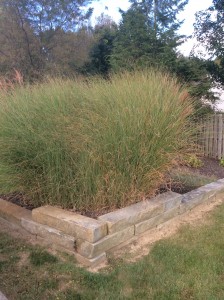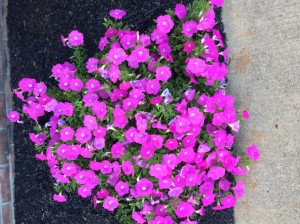Taraxacum officinale (common dandelion)
Location: Green Ohio
A character I used to recognize this species was mainly the flower head. There are many small flowers collected together. Each flower in the head is called a floret. The leaves form a whorl around the base of the flower.








